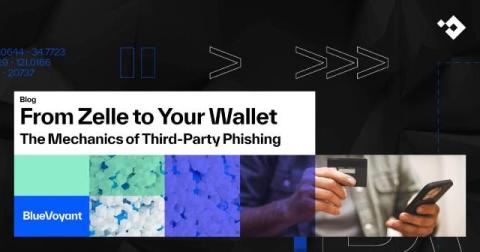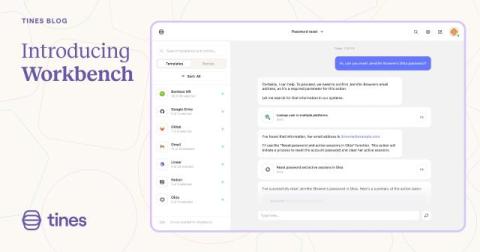Security | Threat Detection | Cyberattacks | DevSecOps | Compliance
%term
How Wallarm API Security Platform Works: Key Features Explained #apisecurity #cybersecurity #api
Get an inside look at how the Wallarm API Security Platform operates to protect your APIs. Learn about its key features, including API Discovery, real-time protection, and traffic analysis, and how it helps you stay ahead of API threats.
A CISO'S View on Building an API Security Program in 2024
Building a robust API and application security program is essential for security leaders across all industries. However, creating and maintaining an effective security strategy for your APIs and web applications requires: Identifying the right components to build a program that aligns with your business objectives.
Twilio Breach: 33M Phone Numbers Exposed #apiattacks #apisecurity #dataleaks #databreach #twilio
A major security breach at Twilio exposed 33 million phone numbers due to an unauthenticated API. Watch this video to understand the risks and learn essential API security practices to protect your organization from similar threats.
Total Economic Impact of BlueVoyant Managed Detection and Response (MDR) Services
In today's increasingly hostile threat landscape, organizations are grappling with a lack of resources and overworked security operations teams, making effective, full-coverage threat detection and response a significant challenge. BlueVoyant Managed Detection & Response provides a cloud-native solution that offers end-to-end consulting, implementation, and managed security services with 24x7 security threat detection and response.
From Zelle to Your Wallet: The Mechanics of Third-Party Phishing
Over the past year, BlueVoyant’s cyber threat analysts have identified a significant rise in third-party phishing tactics, most notably with a campaign impersonating the Zelle digital payment service. By mimicking a well-known payment site like Zelle, threat actors can evade detection more effectively while collecting credentials and personally identifiable information (PII) from online users of hundreds of financial institutions.
Introducing Tines Workbench
You trust us with your most important workflows, and we take that trust seriously. In developing AI in Tines, we’ve been laser-focused on helping users leverage AI without exposing their organizations to security and privacy risks. But we also spoke with so many teams struggling to fully realize AI's potential impact. They wanted AI to do more, while still preserving those all-important security and privacy guardrails.
Inside the Cloud: Cloud-Based Ransomware
This is the second in a series of articles about cloud-based attack vectors. Check out our last article about admin takeovers! Inside the Cloud: Attacks & Prevention – Administrative Account Compromise Ransomware has long been associated with takeovers of endpoints. However, attackers are evolving to target cloud environments – and the effects can be devastating.
CTI Roundup: Emansrepo Infostealer and Earth Lusca Multiplatform Backdoor
Emansrepo Stealer spreads via email, Palo Alto sheds light on top-level domains, and Earth Lusca deploys a new multiplatform backdoor.
Protecting APIs from abuse using sequence learning and variable order Markov chains
Consider the case of a malicious actor attempting to inject, scrape, harvest, or exfiltrate data via an API. Such malicious activities are often characterized by the particular order in which the actor initiates requests to API endpoints. Moreover, the malicious activity is often not readily detectable using volumetric techniques alone, because the actor may intentionally execute API requests slowly, in an attempt to thwart volumetric abuse protection.











